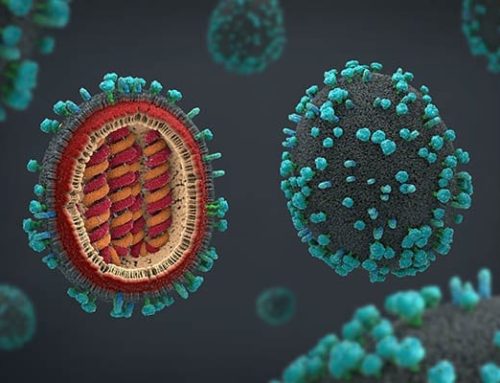Protective Clothing
Protective clothing is designed to protect users from unintended dermal exposures that could lead to the development of an adverse health hazard. Depending on the hazard different types of protective clothing must be developed to create a barrier that protects workers from occupational hazards that could affect them through dermal contact. There are different considerations that must be taken into account when selecting the appropriate protective clothing including the hazard, the material, design, durability comfort and functionality. Some examples of protective clothing include coveralls or fluid resistant garments. Usually these garments are designed to protect workers from chemicals and other body fluids such as urine, saliva, blood, etc. It is important to take into account the shape, size of microorganisms, chemical properties of the fabric such as repellency, or pore size, and external factors that may affect the effectivity of the garment such as temperature or physical and chemical conditions. The following websites provide information on the correct selection and use of protective clothing.
- Provides guidance on selection of chemical protective clothing and other information resources from NIOSH’s Protective Clothing and Ensembles program. This program incorporates a broad range of studies of how chemicals cross through barrier materials, leak through small holes, or change the barrier material to reduce its protection. NIOSH publications include recommendations for the selection and use of protective clothing against biological agents, chemical warfare agents, chemical hazards, and hazardous waste. Other NIOSH resources include personal protective technology programs, permeation calculators, and testing reviews. All of these resources provide general guidance for the use and selection of protective equipment to prevent hazardous exposures of emergency response and recovery workers.
NIOSH Protective Clothing Topic Page - This publication provides recommendations on how to protect workers against biological agents. This document is based on current understanding of the potential agents and existing recommendations for biological aerosols and is oriented toward acts of terrorism. The recommendations take into account the potential of biological particles to penetrate through pores, gaps, and closures present in the protective garment supporting the need of perform fit testing. Another important component of the publication is the identification of protective ensembles designed to protect workers from chemical, biological, radiological, and nuclear hazards and the presence of secondary releases with adverse effects.
Recommendations for the Selection and Use of Respirators and Protective Clothing for Protection Against Biological Agents - Provides information on hazards to flood cleanup workers and guidance for selecting clothing and protective equipment. The webpage covers the use of electrically insulated watertight boots, cut resistant gloves, googles, safety glasses, hearing protection, coveralls, and respirators.
NIOSH Interim Guidance on Personal Protective Equipment and Clothing for Flood Response Workers
En Español - The NIOSH Pocket Guide to Chemical Hazards is a source of general industrial hygiene information for occupational health professionals, workers and employers providing information about chemical hazards in the workplace. The guide has an index with several hundred chemicals that can be found in work environments. Some key data is provided for each chemical including name (synonyms, trade names), structure, chemical formula, Chemical Abstracts Service (CAS) Numbers, conversion factors, exposure limits, concentrations that are immediately dangerous to life or health (IDLH), chemical and physical properties, and measurement methods. For each substance the guide provides personal protection recommendations, and helps to identify symptoms, and first aid advice.
NIOSH Pocket Guide to Chemical Hazards - The following website offers information related to NIOSH skin research focused on skin hazards, dermal absorption, skin dermatitis, and functions of the skin, as well as a link to the NIOSH skin permeation calculator, a resource that allows users to input data and measure the conductance of skin to a particular chemical from a particular vehicle.
NIOSH Skin Exposures and Effects Topic Page




Leave A Comment